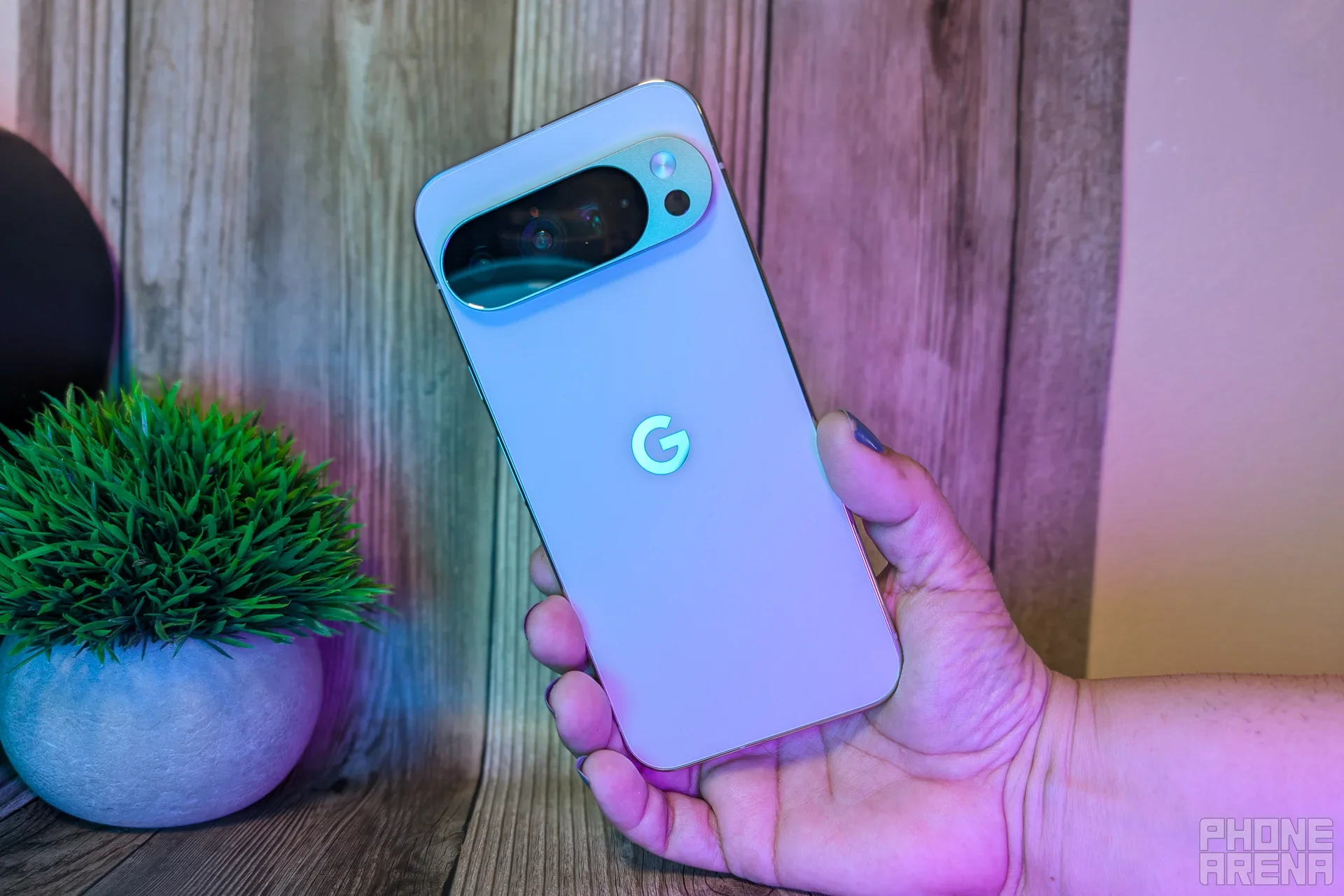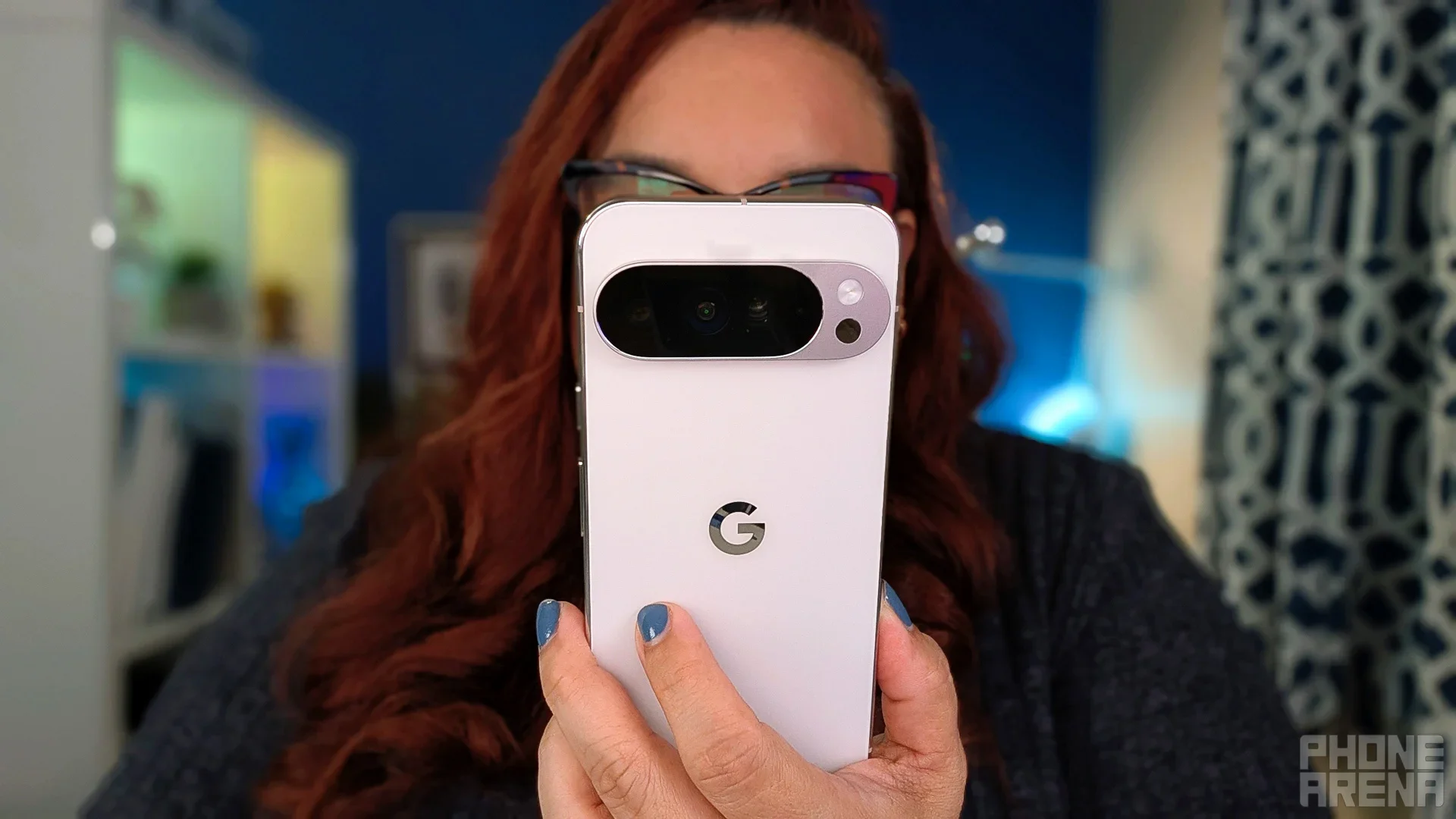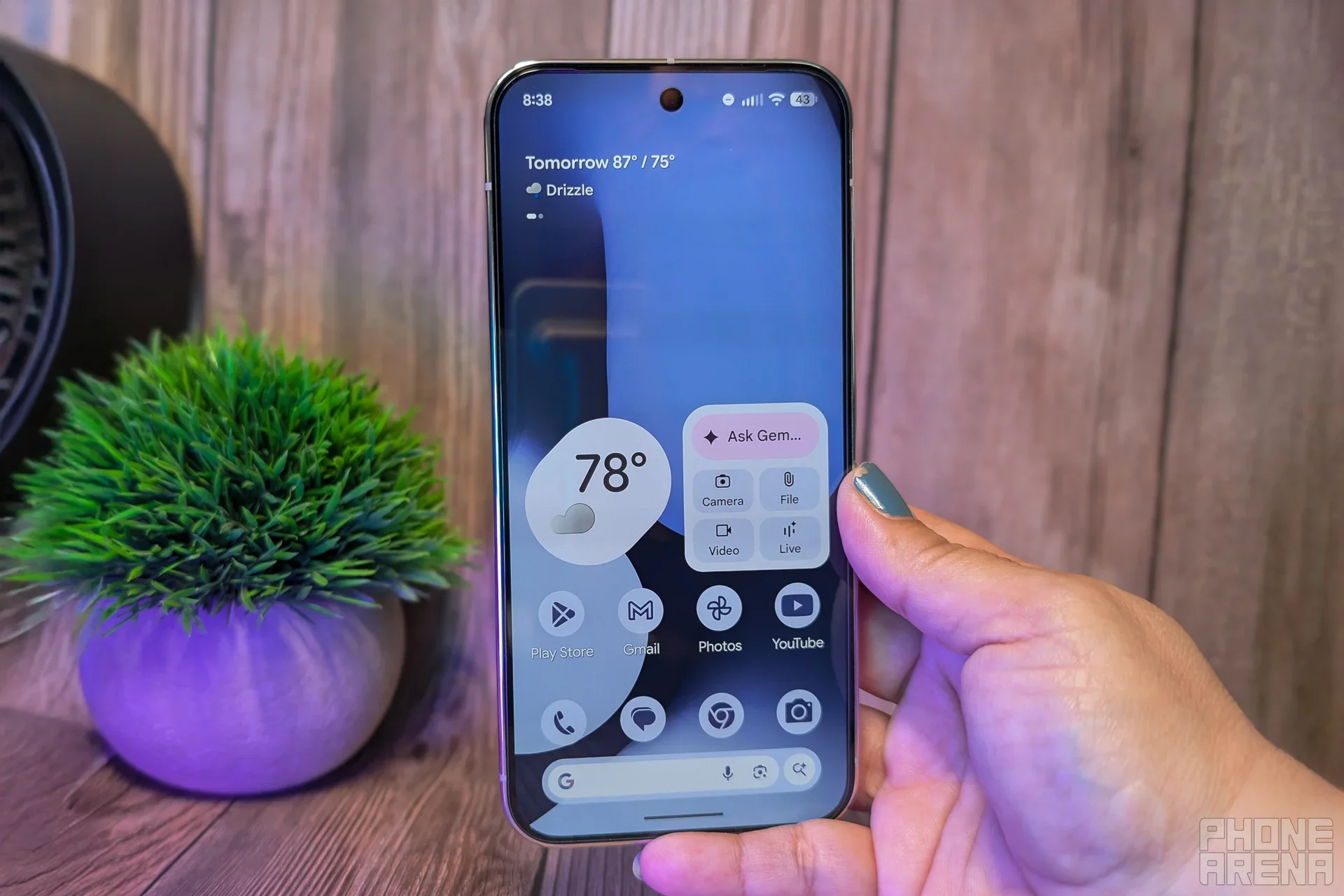Of the four brand-new phones:
…the first three will start shipping today (August 28), while the foldable will be delayed until October 9. So, people who pre-ordered the baseline model or one of the Pro variants will have it in their hands by the beginning of September.
If you haven’t pre-ordered yet – and you’re thinking about getting the Pixel 10 Pro XL – keep reading.
Pixel 10 Pro XL Topped the Charts – Here’s the Poll Data
About a week before the official Pixel 10 Made by Google unveiling event, there was this massive leak that disclosed virtually everything there is to know about the new flagships.In it, we posted a poll for you to express your opinion in two clicks: “What Pixel 10 series device will you be buying?” was the asked question.And almost 5,000 of you answered:


The Pixel 10 Pro XL gathered the most attention, with over 36% of your votes. Next is the Pixel 10 Pro with 27.5% engagement rate, while the vanilla Pixel 10 is distant third with 15.6%. The exotic Pixel 10 Pro Fold got under 13% of the total votes, while almost 8% said they don’t want to spend money on the Pixel 10 family. There isn’t a shortage of reasons to think so, by the way.
Pixel 10 Pro XL: Pros and Cons
Hey, it’s your money: but it’s $1,200 we’re talking about here (that’s the starting price of the Pixel 10 Pro XL model, the 256 GB variant). So you better be sure why you’re spending – or saving – those $1,200. That’s why I’m here.
Pro #1: No crazy design changes


Image by PhoneArena
If you liked the Pixel 9 Pro XL, the Pixel 10 Pro XL will feel very familiar. There are no radical design changes: the same iconic camera bar, polished frame, matte back and overall proportions give it a premium look. It is marginally heavier, likely because of a denser battery and a built-in magnetic ring for Qi2 compatibility. Plus, this year’s duo-tone Jade, pairing a gold frame with a green back, is a really sleek hue.
Pro #2: Brighter screen


Image by PhoneArena
The 6.8-inch OLED front is familiar but improved: Google’s Super Actua branding promises more consistent color and contrast across brightness levels, and peak brightness rises about 10 percent to roughly 3,300 nits, which should help in bright outdoor conditions.
Pro #3: 100x zoom (AI-enhanced)


Image by PhoneArena
Photography on the Pixel 10 Pro XL is familiar with hardware remaining the same – a 50 MP main sensor, 48 MP ultra-wide and a 48 MP periscope zoom with 5x optical reach – but the computational side gets a clear boost. New Super Res Zoom algorithms and other AI enhancements allow Google to push effective magnification up to 100x, improving long-range shots beyond last year’s 30x cap. The typical Pixel hallmarks remain: natural color rendering, wide dynamic range and over-the-top sharpening at times, but overall the camera system feels more capable thanks to smarter image processing.
Pro #4: AI for the masses
Out of the box the Pixel 10 Pro XL ships with Android 16 and a raft of software additions that lean heavily on AI. Live Translation in calls, Camera Coach for framing and composition, voice-driven photo edits and an AI-powered Pixel Journal are all meant to make daily tasks simpler. Gemini Live can now use the camera for visual context, which could become a popular feature.
Con #1: Tensor G5 lags behind
Raw CPU and GPU benchmark supremacy is not the Tensor story. Google has focused Tensor on on-device AI and image processing rather than chasing peak performance numbers, and it shows… again. The new Tensor G5 narrows that gap with a reported 15–30 percent boost over last year’s model and a similar uplift in GPU performance, but it still doesn’t quite match the leading silicon in Samsung and Apple devices, for example.
Of course, in day-to-day use the phone feels smooth and responsive, and the Tensor advantages for AI tasks are evident, but those who prize benchmark bragging rights may be disappointed.
Con #2: AI intrusion


Image by PhoneArena
The Pixel’s heavy AI integration brings a trade-off for privacy-minded users. Features like Magic Cue and other context-aware assistants promise convenience by mining on-device data – emails, messages, photos and calendars – to offer helpful replies or suggestions. Google stresses that much of this processing happens locally, but the idea of a phone that constantly scans personal content will unsettle users who prefer minimal data exposure, especially given the breadth of information those AI features can access.
Con #3: Battery still at ~5,000 mAh capacity


Image by PhoneArena
Battery and charging raise mixed feelings. The 5,200 mAh cell is respectable and paired with faster wired power delivery up to 45W, and the Pro XL’s built-in magnets enable full Qi2 support – but that’s not that impressive. Rivals have pushed much higher wired charging numbers for years, and for buyers who prioritize ultra-fast top-up speeds, the Pixel’s 45W ceiling may feel conservative compared with some competitors that advertise 100W and beyond.
Con #4: All the Pros above, actually
It’s not hard to see how someone would challenge my Pros list above – after all, not everybody wants the same design, a slightly brighter screen, AI-enhanced zoom or AI features on their $1,200 flagship.
So, it’s really up to you and your needs.


“Iconic Phones” is coming this Fall!
Good news everyone! Over the past year we’ve been working on an exciting passion project of ours and we’re thrilled to announce it will be ready to release in just a few short months.
LEARN MORE AND SIGN UP FOR EARLY BIRD DISCOUNTS HERE
#guys #love #Pixel #Pro #youre